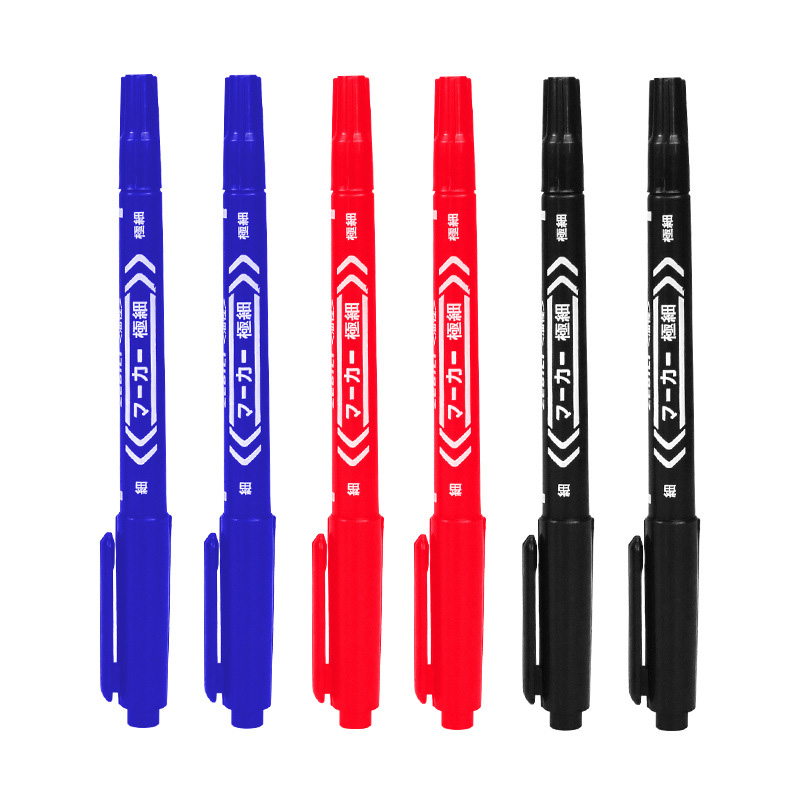In a world that increasingly values interactive learning, agile workflows, and real-time collaboration, whiteboard markers remain a cornerstone tool across classrooms, offices, studios, and conference halls. Designed for erasable writing on whiteboard surfaces, these markers have proven indispensable for visual communication, allowing users to express ideas clearly, revise in real time, and engage audiences effectively. While digital screens and presentation software continue to evolve, whiteboard markers have not been replaced—instead, they’ve adapted, becoming smarter, more sustainable, and more versatile than ever.
A Mainstay in Modern Classrooms
From primary schools to universities, whiteboard markers have become standard equipment in classrooms around the globe. Their vibrant colors and instant erasability help teachers keep lessons dynamic and students actively engaged. Unlike traditional chalkboards, whiteboards offer cleaner, dust-free environments, and markers allow for smoother handwriting and sharper illustrations.
With the global push toward STEM (Science, Technology, Engineering, and Mathematics) education, whiteboards—combined with colorful markers—are essential tools for explaining complex concepts, sketching diagrams, and facilitating group problem-solving activities. Teachers often use multiple colors to differentiate steps in math equations, grammar rules, or scientific processes, helping students process and retain information more efficiently.
Driving Business Communication and Team Collaboration
In professional environments, whiteboard markers are crucial for visual planning, strategy mapping, and brainstorming sessions. Agile methodologies, such as Scrum and Kanban, rely heavily on whiteboard tools to track tasks, outline objectives, and manage team workflows. In meetings and presentations, whiteboard markers enable quick idea capture and spontaneous problem-solving—attributes that support a collaborative and transparent office culture.
The flexibility of dry-erase surfaces encourages innovation. Businesses often install wall-sized whiteboards or mobile boards throughout office spaces to create “thinking zones,” where employees can visualize their thoughts or develop project plans with colleagues. The simplicity and instant feedback provided by whiteboard markers make them a natural fit for fast-paced work environments where agility and communication are key.

Innovation in Ink and Tip Design
Modern whiteboard markers have benefited from considerable technological improvements, particularly in ink quality and applicator tips. Today’s inks are brighter, less prone to smudging, and more resistant to ghosting—residual markings that can remain on boards even after erasing. Low-odor, non-toxic ink formulations have become standard, especially in enclosed environments like classrooms and meeting rooms.
Chisel tips remain popular for their ability to create both thick and thin lines, but bullet tips and ultra-fine tips are gaining traction for more detailed work and smaller whiteboard surfaces. Some advanced models even include built-in erasers and ink level indicators, providing a more convenient and user-friendly experience.
Inks that can be wiped clean with a dry cloth or eraser have made whiteboard markers far more efficient than traditional writing tools, while newer “wet-erase” variants offer semi-permanent marks ideal for more lasting notes or diagrams.
Sustainability and Reusability
As the global office and education sectors shift toward environmentally responsible practices, manufacturers have responded with sustainable whiteboard marker solutions. Refillable markers are gaining popularity, significantly reducing waste and long-term costs. Some brands have developed cartridge-style refills or ink syringes that extend the lifespan of each marker and eliminate the need for constant repurchasing.
Whiteboard markers made from recycled plastics and packaged in eco-conscious materials are also gaining market share. manufacturers like Pilot, Expo, and Staedtler are emphasizing green product lines that meet environmental standards and appeal to institutions committed to sustainability goals.
The demand for low-VOC (volatile organic compound) markers is particularly strong in educational settings, where student health and indoor air quality are top priorities.
Adapting to Hybrid and Digital Workflows
While whiteboard markers are traditionally associated with in-person collaboration, they’re also evolving to support hybrid and digital work models. Interactive whiteboards and smartboards, which allow physical writing to be captured digitally, have become more common in both corporate and academic settings.